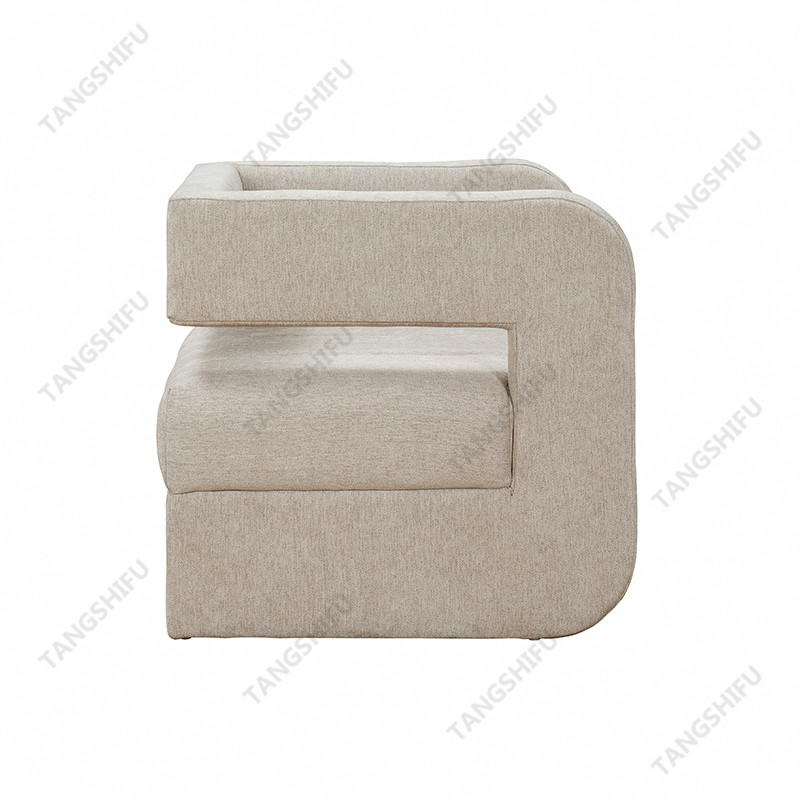I seldom use new retail to define today's home retail revolution unless it is absolutely necessary.
The difference between new retail and old retail does not lie in the difference and innovation of a specific retail form, but in the transformation of the underlying business logic. If this underlying business logic is defined as the "zero boundary", but the cornerstone of the "zero boundary" is the mobile Internet, which is the effect of the mobile Internet revolution. The physical, information, and psychological boundaries disappear, thus forming a zero-boundary business bottom state . The PC Internet evolves to the mobile Internet, and the commercial operating system evolves from the PC Internet operating system to the operating system of the mobile Internet era, thus forming the transition from the border era business to the zero border era.
Retail model
Therefore, the ecology based on different operating systems is very different. Today's retail is retail based on the mobile Internet, thus forming a series of theories, opinions, methods and methods that match the mobile Internet commercial operating system. Resource matching. If traditional retail companies or brand companies have established a retail model that adapts to the new operating system.Then this comtemporary furniture manufacturers in china have smoothly transitioned from the PC Internet to the retail model of the mobile Internet era, otherwise it will be extremely difficult, either already out or on the way out.
Compared with the past retail model, this retail revolution based on the new operating system of the mobile Internet is what I call the paradigm revolution of retail in the mobile Internet era.

The so-called paradigm revolution means that this type of enterprise in this era must abide by certain fundamental regulations.
What are the new regulations that household retail needs to comply with?
The concept and theory of paradigm was put forward by Thomas Kuhn, a famous American philosopher of science and systematically expounded in The Structure of Scientific Revolutions (1970).
Collections
It refers to the collection of beliefs, values, technologies, etc. shared by members of a community. Refers to the theoretical basis and practical norms on which conventional sciences operate, and are the worldview and behavioral methods that a group of researchers engaged in a certain science conforms to.
(1) The paradigm is recognized to a certain extent;
(2) A paradigm is a whole composed of basic laws, theories, applications, and related instruments and equipment. Its existence provides scientists with a research program;
(3) The paradigm also provides an imitable success precedent for scientific research.
I quote the concept of paradigm here to interpret the basic regulations that all companies need to follow in today’s home retailing. Beyond this regulation, either cannot operate or is a revolutionary innovation, but obviously, the mobile Internet The era is not over yet, and it is still developing in-depth in the industry. Therefore, it is difficult for comtemporary furniture manufacturers in china to escape the zero-boundary business logic of the mobile Internet. What is needed Use this kind of regulation to get leading growth.
The new paradigm of home retail reform is an integrated extension of time, space and users
In recent years, many people have used the reconstruction of “people, goods, and markets” to define today’s new retail. However, this statement started with online e-commerce companies and stood from the standpoint of online companies. In the future, using such a concept can be a good interpretation of their changes, but for the retail changes in offline stores, it cannot well reflect the fundamentals and context of the offline retail changes. Therefore, I choose space, time, and user concepts to define new changes, which may be more in line with the actual state of the store.
Story of comtemporary furniture manufacturers
In the past, the store felt more space. It was a place for product display and user experience, a limited boundary, and a fixed place. But today, this space concept is greatly extended. As long as the mobile phone is in hand, the experience space and display space everywhere. The physical space still exists, but it is integrated with the infinite "movable" virtual space. Product display and experience become "new space", and the original field becomes the ubiquitous and accessible scenes. , Physical scene or virtual scene.
Let’s talk about time. In the past, stores had a fixed time for business. The transactions between merchants and users were usually carried out within a certain time range. Today, the time limit has been broken. This limit can no longer be defined in 24 hours, but called nothing. Not always.
Online and offline
For users, there are boundaries and divisions in the past, but today, online and offline, no matter where they are, users are everywhere, all the time, not limited to a certain time, a certain fixed location, this is Why is the flow of people in the stores not as big as before? It seems that business is not as good as before, but the turnover of many stores has increased. This is because the user’s purchasing behavior has surpassed the limitations of a fixed time and fixed space in the past, and today’s business status cannot be viewed by the business status of the store in the past.
Due to the continuous expansion of time, space, and users, it far surpasses the categories and attributes defined or formed in the past, so that the three cannot be completely separated, but virtualized as a whole. It requires a unified understanding. Explain the state of the store today.
If the comtemporary furniture manufacturers in china follow the past understanding of the store to do today's business, it must not be able to continue. Because the store is not just a store in the traditional sense, it is not a change in the human goods store, but an integrated extension of time, space, and users, a new store that combines virtual and real.
